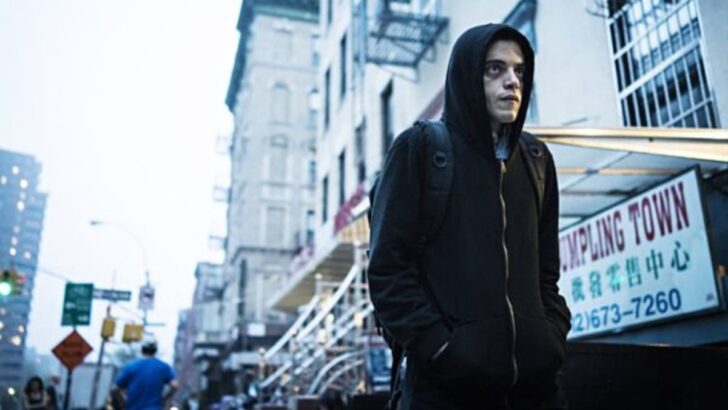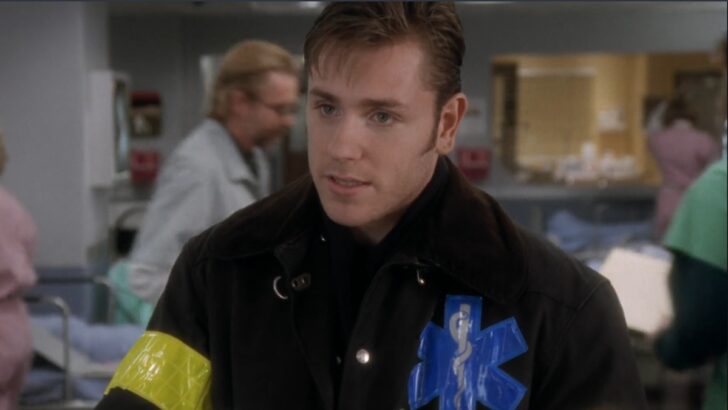Fictional crime-fighting shows have their place: they’re comforting, fast-paced, and just dramatic enough to keep us glued to the screen. But let’s be clear — they’re not documentaries.
In fact, if you’ve watched enough of them, you might think police departments are run by supermodels with genius-level IQs, futuristic gadgets, and the uncanny ability to solve murders faster than you can microwave dinner.
Here’s a look at what these shows get laughably wrong — and, just as importantly, a few that manage to get it surprisingly right.
Welcome to TV’s Copaganda: A Love Letter to Our Favorite Lies
DNA results are basically instant.
TV detectives hand a sample to the lab and somehow get results back faster than it takes to make a latte. There’s no backlog and no delays. There’s just a convenient suspect profile complete with a perfectly lit headshot.
In reality, DNA processing can take weeks or months, and that’s if your case is even prioritized.
Everyone looks amazing under fluorescent lighting.
Real crime scenes are sweaty, grimy, and emotionally devastating. But on TV? Detectives look camera-ready, even after a 20-hour shift. Their hair is perfect, their coats are pressed, and they manage to remain oddly well-moisturized while standing over a body.
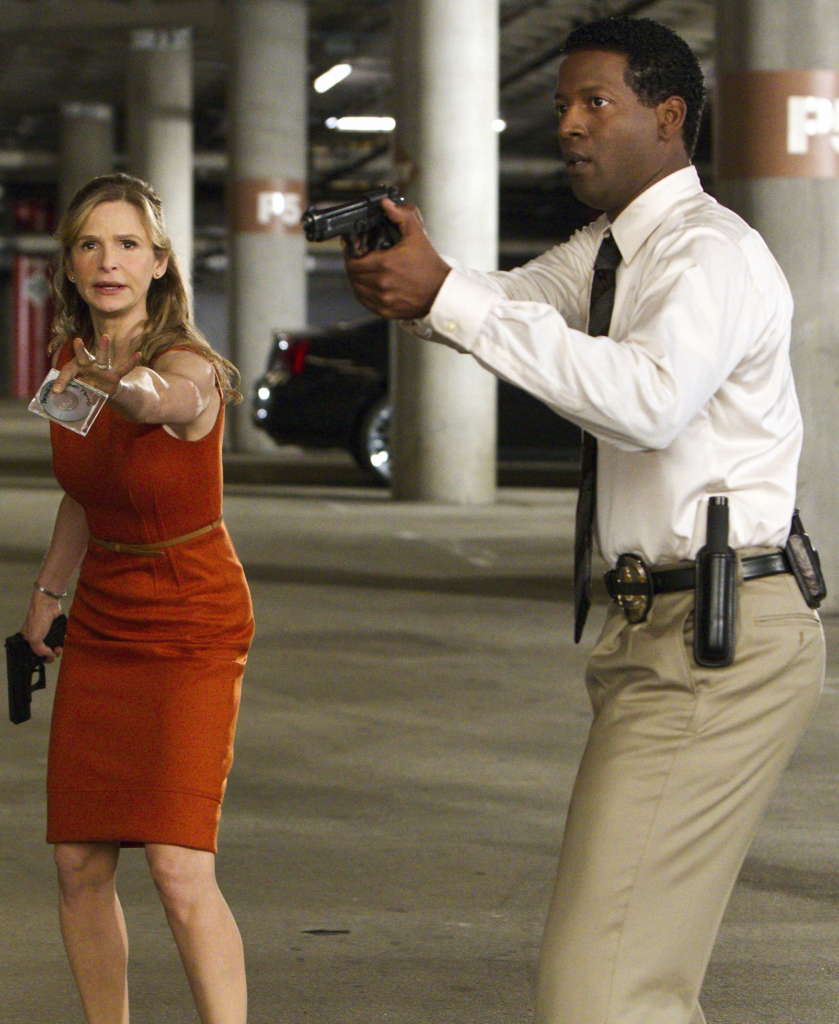
There’s always parking in front of the crime scene.
Major cities don’t allow curbside murder unit parking, but TV cops routinely pull right up to the scene like they own the block.
Forget parallel parking or loading zones. These shows make it look like every downtown crime scene comes with valet service.
Nobody ever files paperwork.
TV detectives solve a case and move on to the next without having to fill out a single form.
Meanwhile, real cops spend more time writing reports and logging evidence than interrogating suspects. In reality, most days are spent at a desk, not chasing perps down alleys.
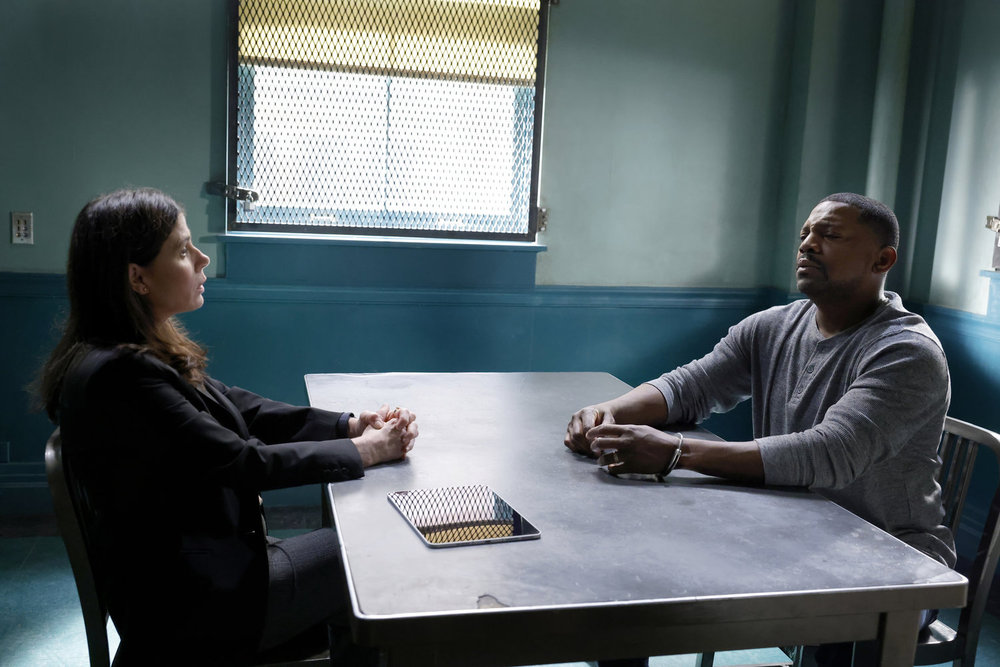
Detectives interrogate people without a lawyer 95% of the time.
On TV, suspects just talk. They sit there, confessing everything while a couple of detectives scowl across the table.
In real life, people lawyer up fast, and if they don’t, any decent defense attorney will still find a way to dismantle that conversation in court.
Technology is omnipotent.
Enhance. Zoom. Rotate. Crime TV has convinced us that every security cam has IMAX resolution and facial recognition software capable of pulling a match from a blurry reflection in a spoon.
Meanwhile, real surveillance footage usually looks like it was shot on a potato.
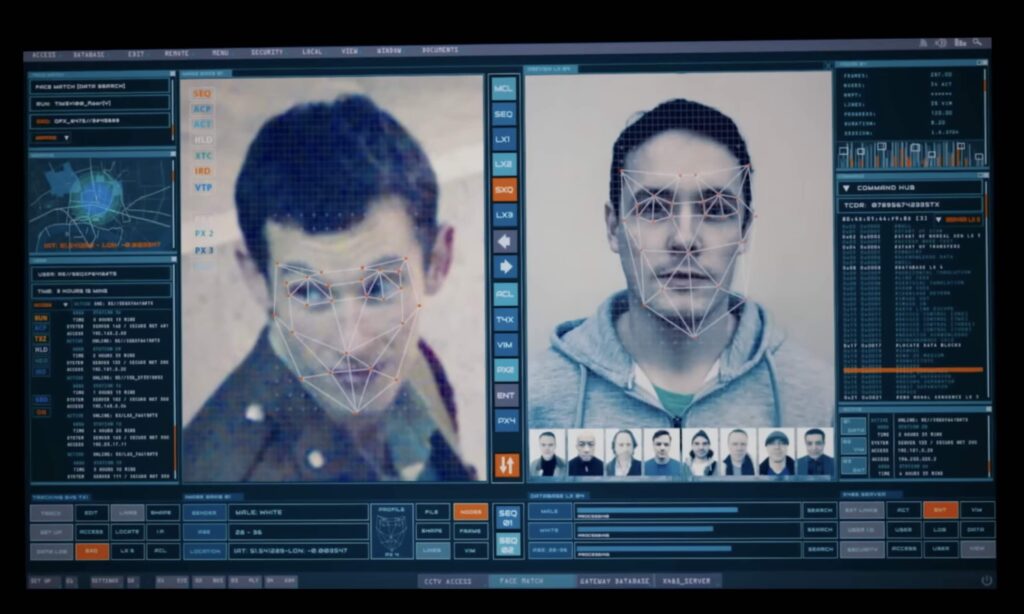
Forensics experts do everything.
One person handles blood spatter, ballistics, trace evidence, autopsies, and maybe even runs down leads in the field.
In real life, these are distinct disciplines — each with its own specialists who rarely overlap. But that wouldn’t make for a very efficient episode, now would it?
The killer is always someone you just met.
You know the drill. A random character with two lines in the first act suddenly gets a dramatic close-up or a weirdly specific backstory, and boom — they’re the murderer. Bonus points if it’s someone’s long-lost sibling or a person with an obscure vendetta.
Nobody wears hairnets, shoe covers, or gloves properly.
Crime scenes are supposed to be controlled environments. But somehow, every detective is walking through blood in loafers, touching evidence without gloves, or leaving their flowing hair unsecured.
Dexter, who loved plastic wrap more than people, still didn’t bother with a hairnet.
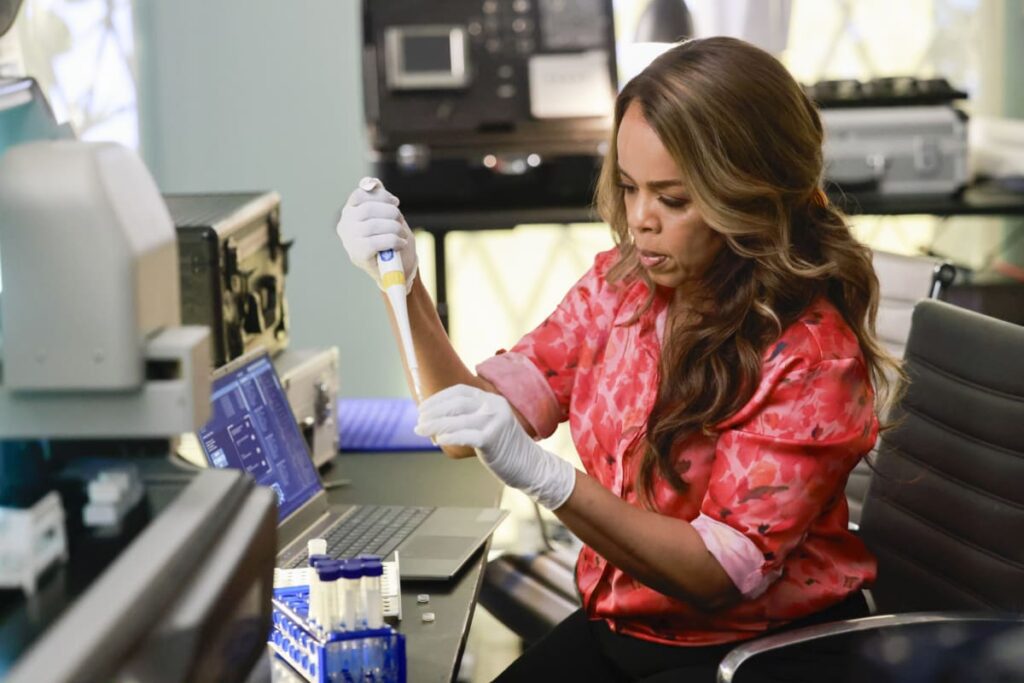
You can yell at your boss and keep your job.
TV detectives shout at their captains, ignore orders, storm out of meetings, and face zero consequences.
In real life, one insubordinate outburst would have you pulled off the case — or fired outright. Unless, apparently, you’re in a Dick Wolf universe.
Crime is a family affair.
On TV, every other case involves the lead’s cousin, ex, or secret sibling. If it’s not someone they know personally, it still triggers a painful memory that somehow makes them more determined to solve it.
Meanwhile, most real cases are random, tragic, and deeply impersonal.
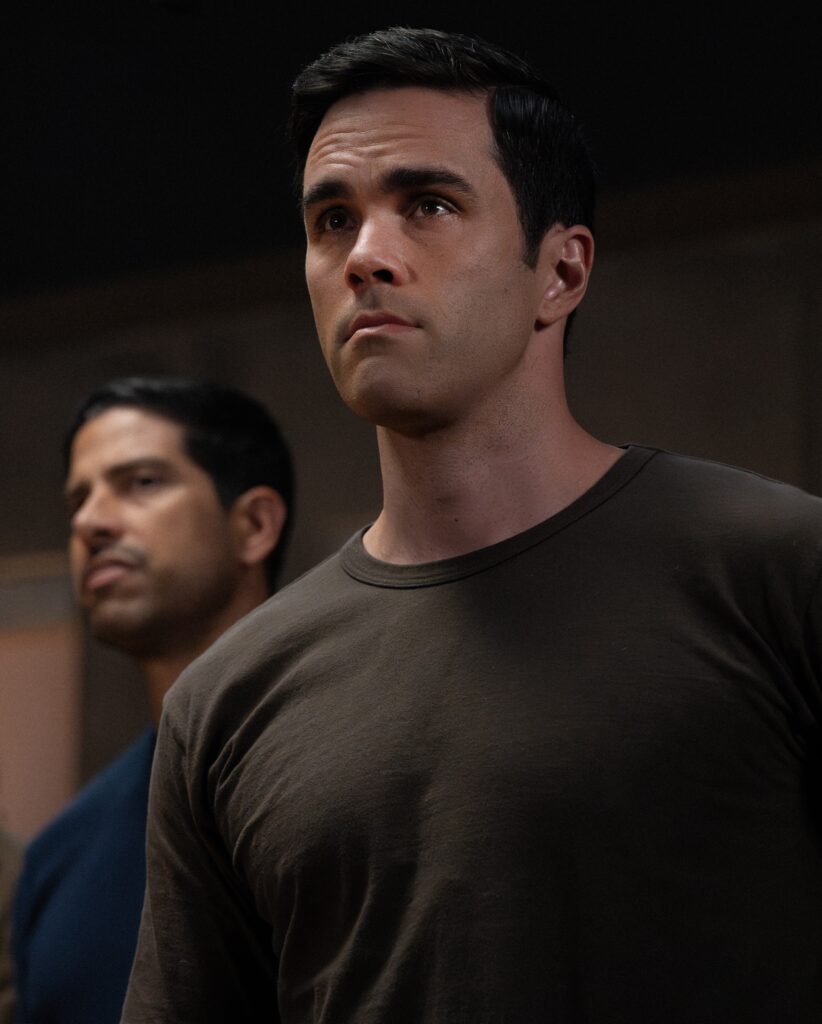
Profilers are psychic.
TV profilers take one look at a crime scene and instantly know the killer’s age, hobbies, and childhood trauma.
In reality, profiling is a tool — not a magic trick — and most profiles are general enough to apply to half the population.
The bad guys monologue.
Rather than asking for a lawyer or just shutting up, TV villains deliver detailed confessions. They walk you through their motivation, the timeline, and even offer emotional closure.
In real life? Most suspects lie, deflect, or say absolutely nothing.
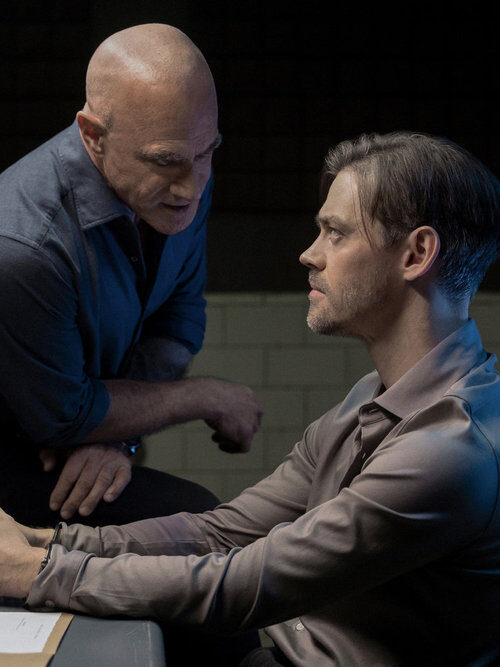
Nobody calls for backup.
Gun drawn, no plan, no backup, and definitely no SWAT team — just one lone detective ready to die for justice. In real policing, nobody’s going in without support unless they have a death wish. SWAT exists for a reason.
Women chase perps in pointy-toed pumps.
Let’s be clear: no one is sprinting through an alley in Louboutins. Real female officers wear boots, not runway-ready stilettos. TV makes it look glamorous, but the reality is that proper footwear matters, especially when you’re tackling someone twice your size.
Your local precinct doesn’t look like Minority Report.
TV departments are sleek, high-tech wonderlands filled with transparent screens, glowing maps, and tactical rooms that would make NASA envious.
Real precincts? Flickering fluorescent lights, ancient desktops, and a whiteboard someone forgot to clean in 2014. Most departments are lucky to have working printers, let alone holograms.

High-speed car chases in major cities? Hilarious.
Somehow, criminals and cops alike race through congested cities at full speed, swerving through intersections with ease.
In the real world, a chase through L.A. or New York would end in a fender bender with a delivery truck, not a slow-mo takedown on a bridge.
The Way It Actually Works (Spoiler: It’s Mostly Paperwork and Disappointment)
TV shows love a dramatic confession and a clear-cut ending. But in reality? Witness statements aren’t gospel. Prosecutors aren’t miracle workers. And most cases don’t wrap up with a poetic line of dialogue and a slow fade to black.
Eyewitnesses are wildly unreliable.
Despite what TV tells us, most eyewitnesses don’t offer clear, actionable leads. Human memory is flawed, and stress distorts perception. That guy who swears he saw a red car? Might’ve been burgundy. Or blue. Or a dream he had last week.
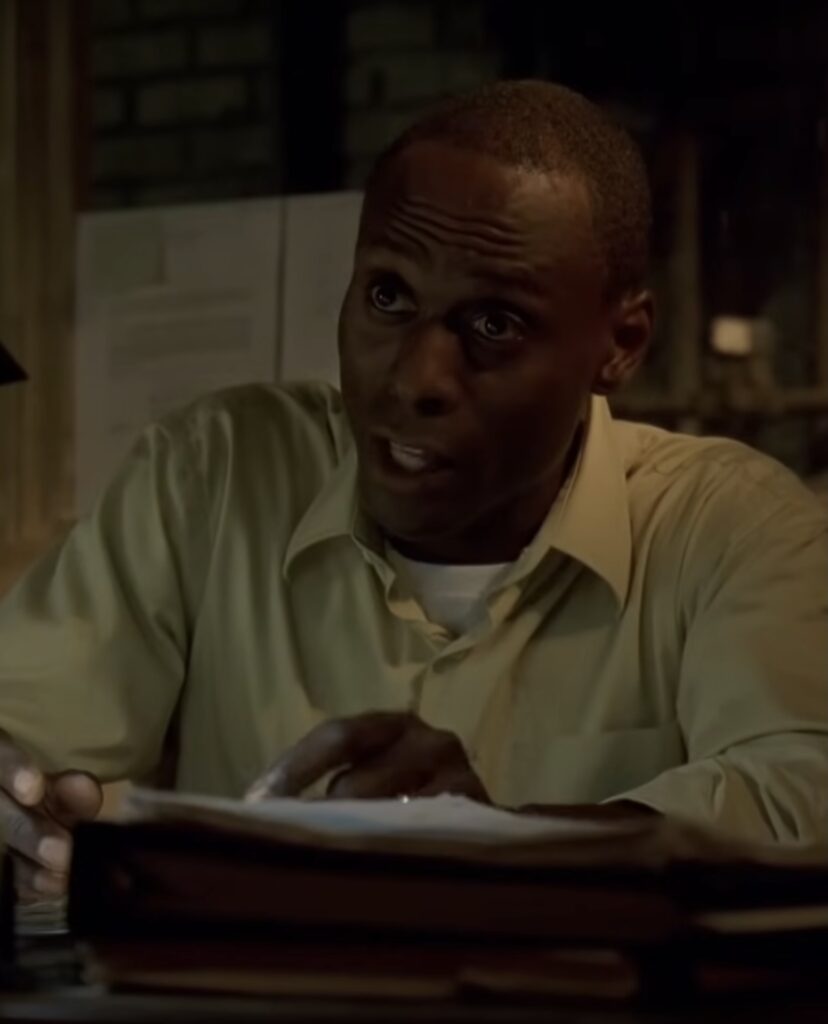
Prosecutors aren’t legal superheroes.
In fiction, the DA is always brilliant, sharp, and one cross-examination away from locking up the villain.
In reality, many prosecutors are overwhelmed, underpaid, and up against high-priced defense attorneys who can drag out proceedings or dismantle a weak case with ease.
The best legal minds go where the money is.
That means defense. While TV suggests prosecutors are the cream of the crop, many top-tier legal talents work in private practice, defending corporations or wealthy clients for enormous paydays, which helps explain why so few cases ever go to trial — prosecutors know when they’re outgunned.
Most cases don’t go to trial.
On TV, we’re always moments away from a dramatic courtroom showdown. But in real life, the vast majority of cases are resolved through plea deals. Trials are long, expensive, and risky, and no one wants to roll the dice unless absolutely necessary.

Some shows actually get it right.
The Wire and Homicide: Life on the Street didn’t glamorize police work — they showed it for what it was: frustrating, political, deeply flawed, and full of dead ends. They didn’t wrap everything up neatly, because real-life cases rarely do.
Mare of Easttown wore jeans.
It’s a small thing, but Mare of Easttown nailed the vibe of a real small-town detective. She dressed for comfort, not spectacle. She looked exhausted, overworked, and sometimes downright unwashed. And that’s what made us root for her.
Network procedurals create a justice fantasy.
From Law & Order to Criminal Minds, these shows give us tidy resolutions, confident experts, and just enough moral clarity to feel satisfying.
They rarely reflect real-world bureaucracy, corruption, or failure. And that’s fine — just don’t confuse it with reality.

We Love the Lie, But Let’s Call It What It Is
We’re not here to ruin anyone’s fun. Crime shows are great. They’re addictive, cathartic, and occasionally even insightful. But they’re also fiction.
So the next time you see a detective sprinting in heels, solving a crime with one hair sample, and making an arrest in under 48 hours — just smile, roll your eyes, and remember: the real world doesn’t come with a catchy theme song.
What real-life inconsistencies on crime-fighting shows make you blush?
Drop us a comment down below!
Twisted, Timely, Brilliant: Why Mr. Robot is the Perfect Binge
The Award-winning Mr. Robot dropped on Netflix, and it’s the perfect, timely binge for a whole new audience. Here’s why you NEED to watch!
Two Seasons into ER, I Hate Shep So Much You Have to Hear About It
Two seasons into my first ER watch, and Shep is the absolute worst character, and I’m sick of it. Rant loading…
Don’t Ruin My Childhood, Netflix: Land of the Lost Is Back in Development
Netflix is developing a reboot of Land of the Lost with the original creators on board — and one Gen X fan has feelings. (Spoiler: It involves Sleestaks, strawberries, and a baby dinosaur.)
The post Real Life Isn’t This Pretty: Lies We Love from Fictional Crime-Fighting Shows appeared first on TV Fanatic.

